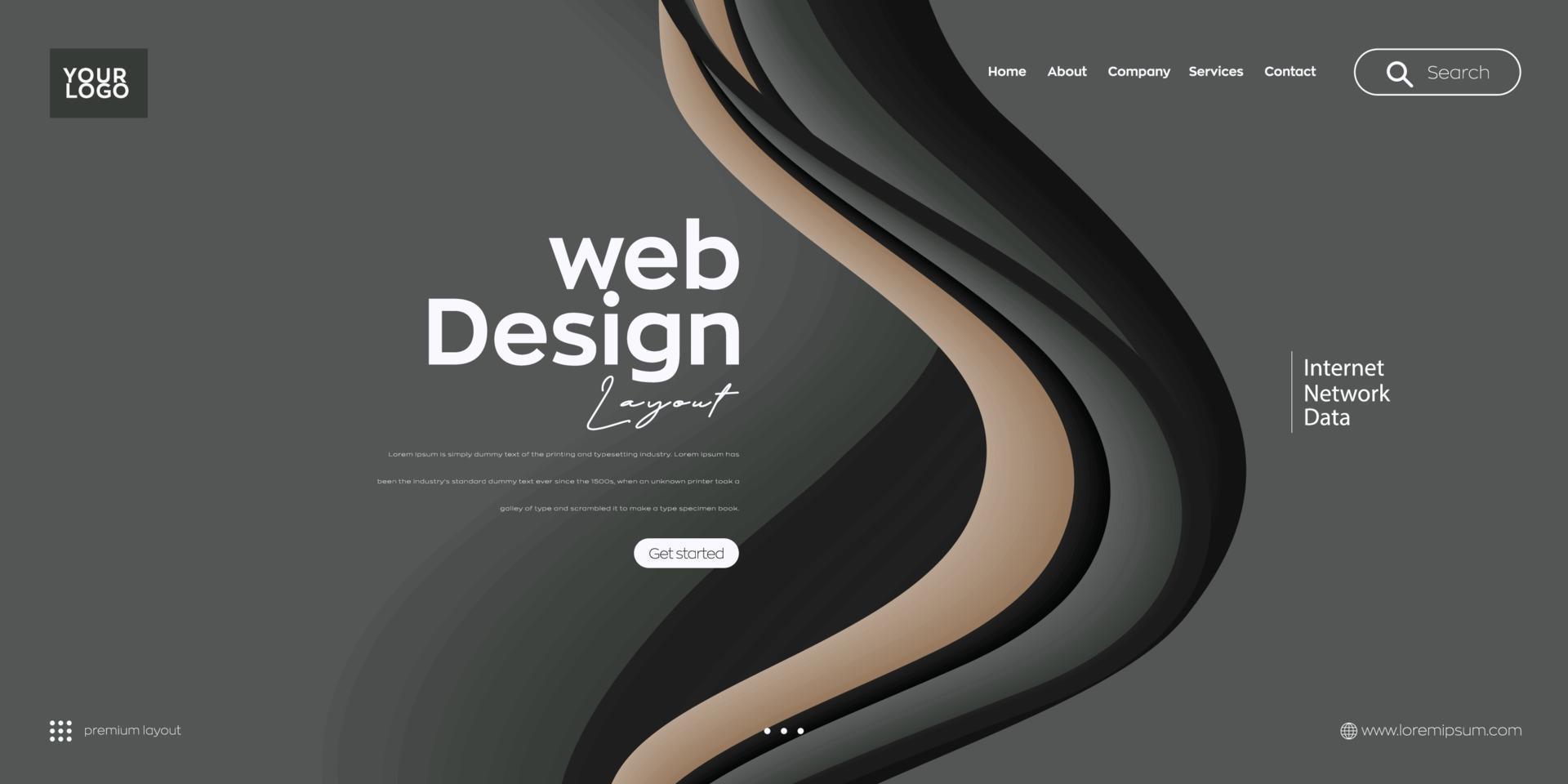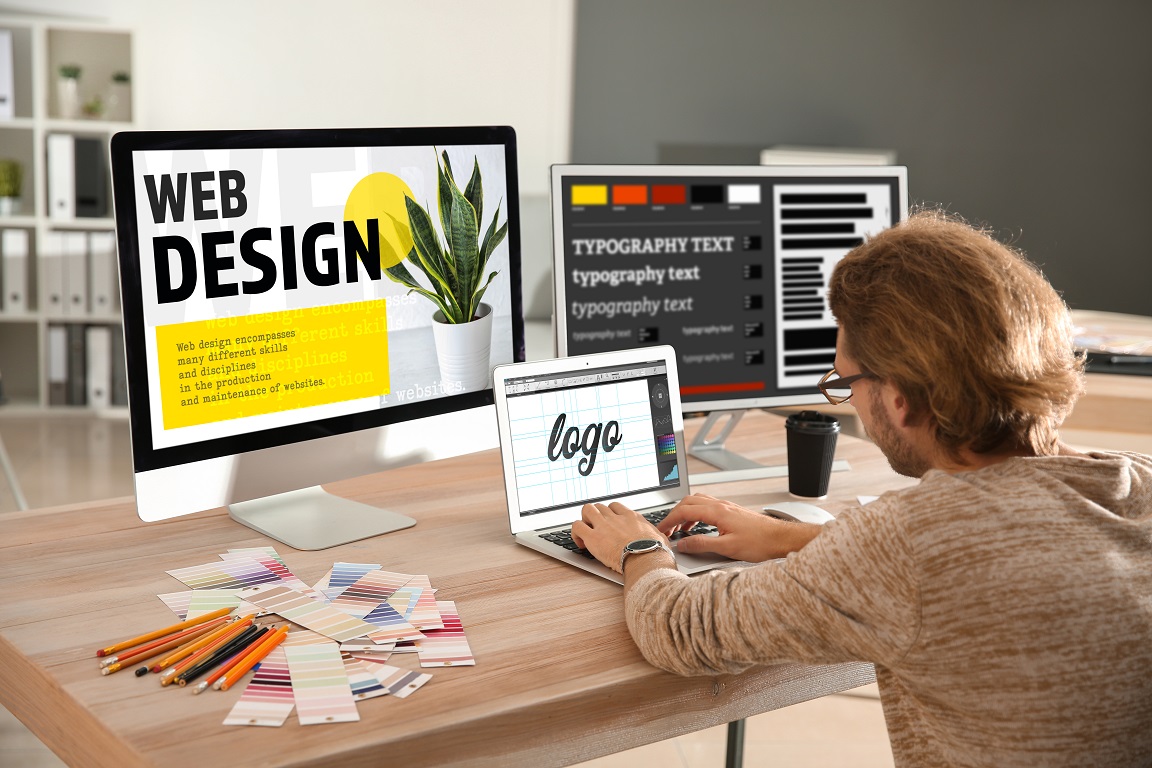Aligned Position Web Design: Tailor-Made Web Design Solutions for Maximum User Engagement
The Best Sorts Of Web Design to Improve User Experience and Interaction
In the ever-evolving landscape of electronic communication, the efficiency of Web style significantly affects customer experience and interaction. Numerous layout approaches, such as minimalist, responsive, and interactive formats, each offer one-of-a-kind advantages that can cater to diverse individual requirements.
Minimalist Website Design
As digital landscapes end up being progressively cluttered, minimalist website design has actually become a powerful approach to enhancing user experience. This design viewpoint focuses on simpleness, concentrating on crucial aspects while removing unnecessary diversions. By making use of adequate white area, simple navigation, and a restricted shade scheme, minimalist layout cultivates quality and routes individual focus to key web content.
The core principle of minimal website design is to develop a seamless communication for users. By lowering cognitive lots, users can quickly realize details without feeling overwhelmed. This direct technique not just improves functionality but also urges involvement, as visitors are more probable to discover a website that is very easy and visually enticing to navigate.
Additionally, minimal layout commonly stresses typography and images, utilizing these components strategically to communicate messages properly. In essence, minimalist Web layout is not just a fad; it is a thoughtful methodology that acknowledges the relevance of user-centered style.
Receptive Web Design
In today's diverse digital environment, receptive website design has actually become important for creating a seamless customer experience across a multitude of gadgets. As users gain access to internet sites on smart devices, desktops, laptop computers, and tablets, the ability of a website to adapt its format and material to various screen dimensions and resolutions is crucial.
Responsive Web style employs adaptable grids, images, and CSS media questions to ensure that Web content is provided efficiently, despite the tool used. This strategy not just boosts the aesthetic charm of a web site yet additionally significantly enhances use. Customers are most likely to involve with a website that supplies a constant experience, as it eliminates the aggravation of needing to focus or scroll excessively.
Moreover, search engines, including Google, focus on mobile-friendly internet sites in search rankings. By embracing responsive style, companies can enhance their visibility and reach a broader audience. This method also simplifies web site upkeep, as a solitary variation of the website can deal with all gadgets, decreasing the requirement for numerous versions. In recap, responsive website design is a fundamental practice that boosts individual experience, interaction, and overall complete satisfaction.
Interactive Website Design
Receptive Web design lays the groundwork for enhancing customer experience, yet interactive website design takes this a step even more by engaging customers in a much more vibrant way - Aligned Position Web Design. By incorporating elements such as animations, clickable prototypes, and real-time responses, interactive website design mesmerizes customers, attracting them right into a richer surfing experience
This strategy not just promotes engagement but additionally motivates users to explore content proactively as opposed to passively eating it. Techniques such as gamification, where users gain rewards for completing tasks, can significantly enhance the moment invested on a site and enhance total satisfaction. Furthermore, interactive attributes can streamline intricate details, making it much more pleasurable and digestible.

Including interactive design components can likewise result in higher conversion rates, as customers are a lot more likely to engage with a website that proactively includes them. Aligned Position Web Design. Eventually, interactive website design transforms individual experiences into remarkable journeys, making certain that site visitors return time and once again
Flat Design
Characterized by its minimalistic method, level style stresses simpleness and performance, stripping away unneeded elements and concentrating on necessary attributes. This style viewpoint focuses on use, ensuring that customers can navigate user interfaces easily and efficiency. By employing a tidy visual, flat layout gets rid of the clutter often found in much more ornate designs, consequently boosting customer emphasis on content and performance.
The hallmark of level style depends on its use strong shades, simple typography, and geometric forms. These components add to an aesthetically attractive user interface that is both contemporary and friendly. Furthermore, flat layout promotes a feeling of clearness, allowing individuals to determine necessary actions and details without interruption.
Furthermore, flat style is especially effective in responsive Web design, as its simplicity equates well across various devices and screen sizes. The absence of detailed structures and slopes lessens packing times, which is critical for preserving individual involvement. As electronic landscapes proceed to progress, flat style continues to be a see it here pertinent selection for creating easy to use sites that boost overall experience. By concentrating on crucial features, flat design not only satisfies individual needs however also encourages seamless interaction, making it a vital component of reliable website design approaches.
Flexible Website Design
Flexible website design customizes the user experience by producing multiple fixed layouts tailored to different display sizes and gadgets. Unlike receptive layout, which fluidly readjusts a solitary format, adaptive style utilizes distinctive layouts for details breakpoints, ensuring optimum discussion on different platforms. This approach enables designers to focus on the distinct attributes of each device, enhancing use by supplying precisely what customers need based on their context.
One of the key benefits of adaptive Web layout is its capacity to optimize tons times and efficiency. By serving tailored material and pictures that fit the individual's gadget, sites can reduce information use and improve loading rates. This is specifically helpful for customers with slower links or limited information plans.

In addition, flexible design facilitates a much more constant and regulated branding experience. Because designers develop multiple formats, they can ensure that the visual components line up with the brand's identification throughout various systems - Aligned Position Web Design. This causes a cohesive customer experience, boosting involvement and advertising individual retention
Final Thought
To conclude, the combination of minimal, responsive, and interactive website design concepts significantly boosts user experience and involvement. Minimalist design cultivates clearness and emphasis, while responsive design makes certain flexibility across different tools, advertising availability. Interactive layout captivates customers via vibrant aspects, motivating exploration and personalization. Collectively, these design approaches contribute to the production of Home Page easy to use atmospheres that not only boost contentment yet also drive greater conversion prices, underscoring their critical relevance in contemporary Web layout approaches.

Minimal design promotes clearness and focus, while responsive design ensures flexibility throughout numerous tools, promoting ease of access. Collectively, these layout comes close to contribute to the creation of straightforward atmospheres that Full Report not only boost complete satisfaction however additionally drive higher conversion prices, underscoring their critical value in contemporary Web design strategies.